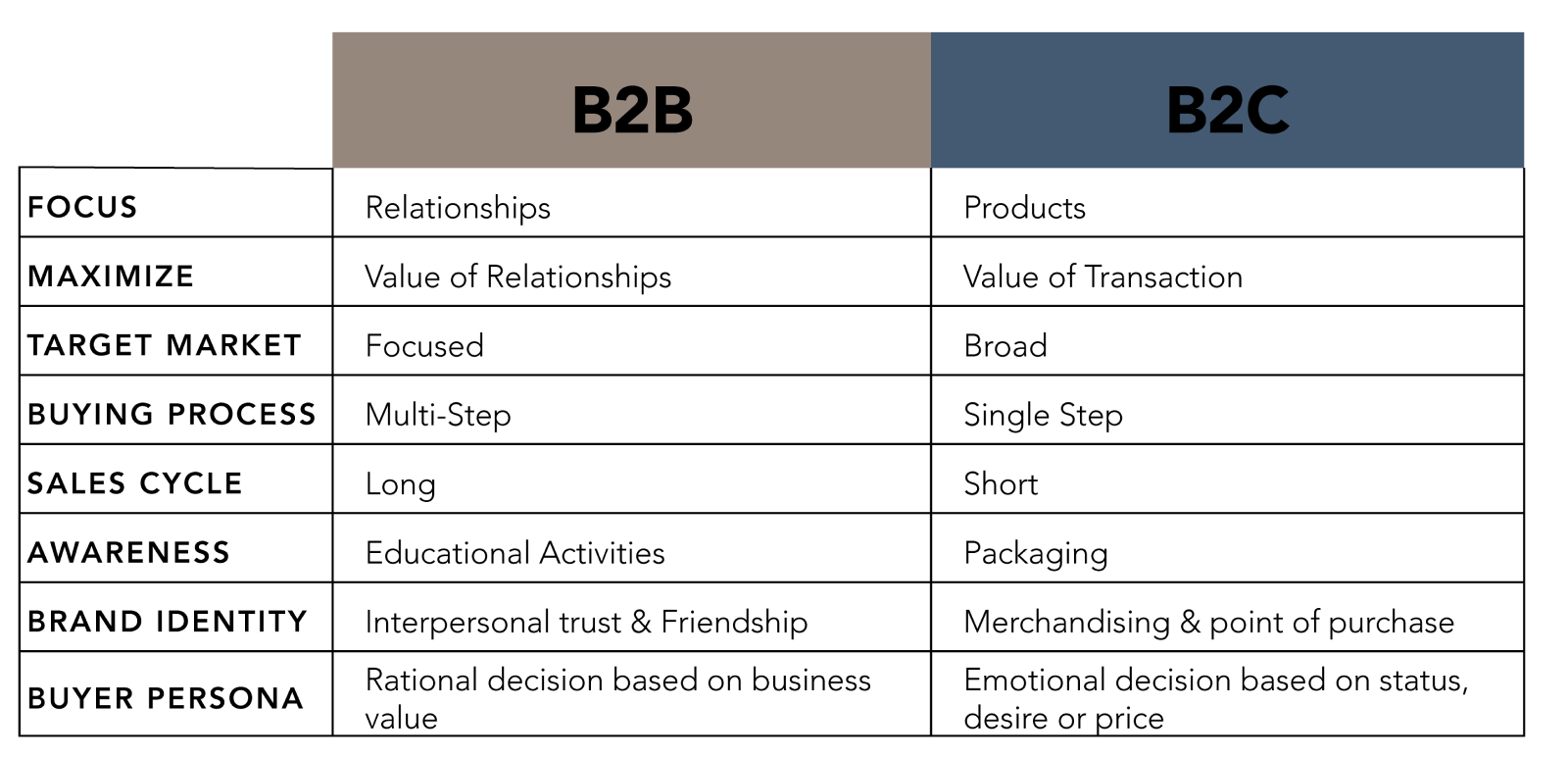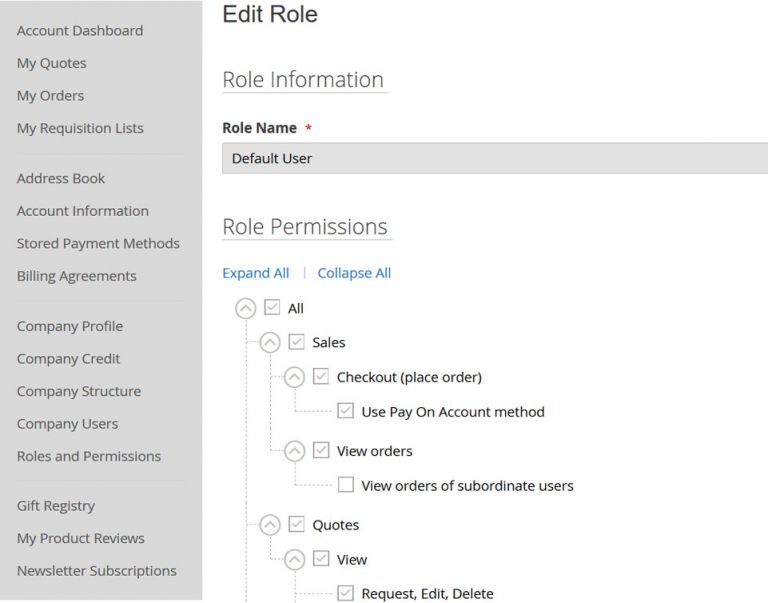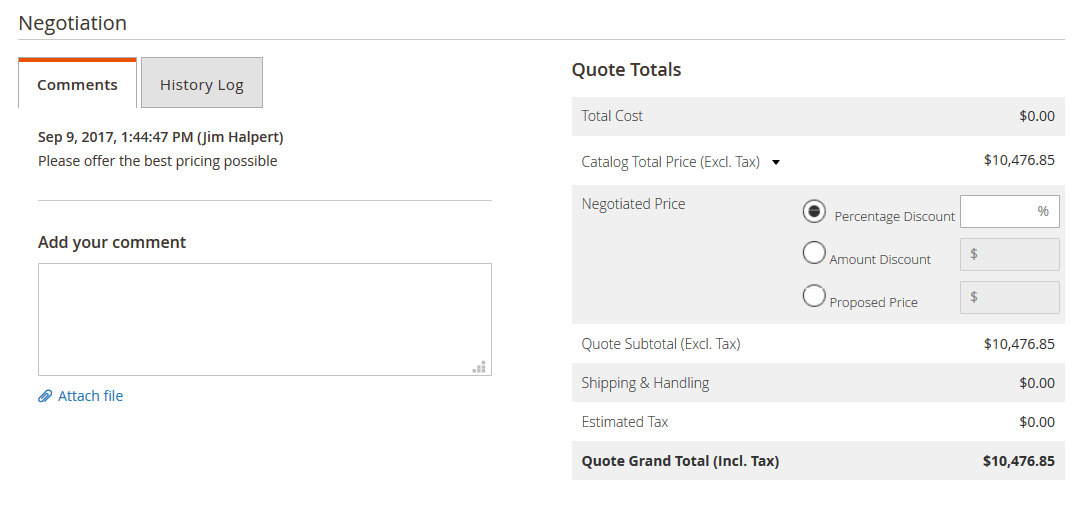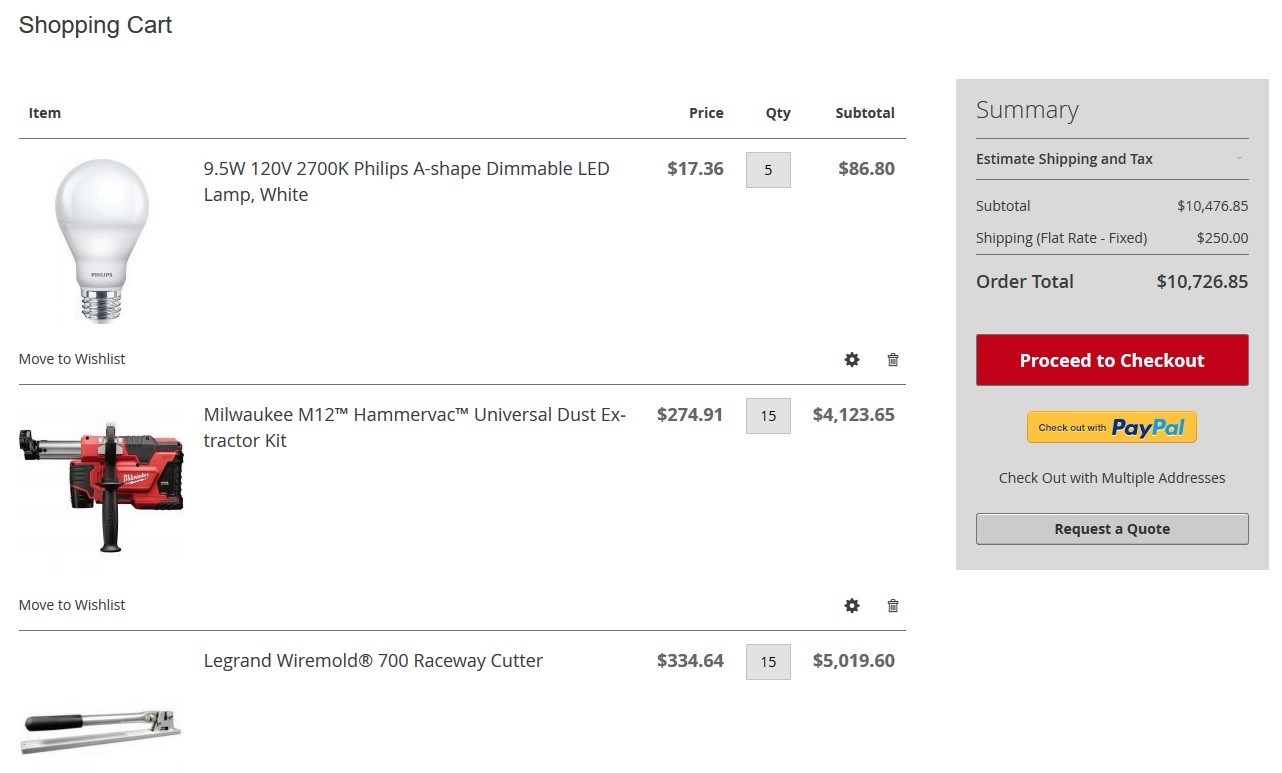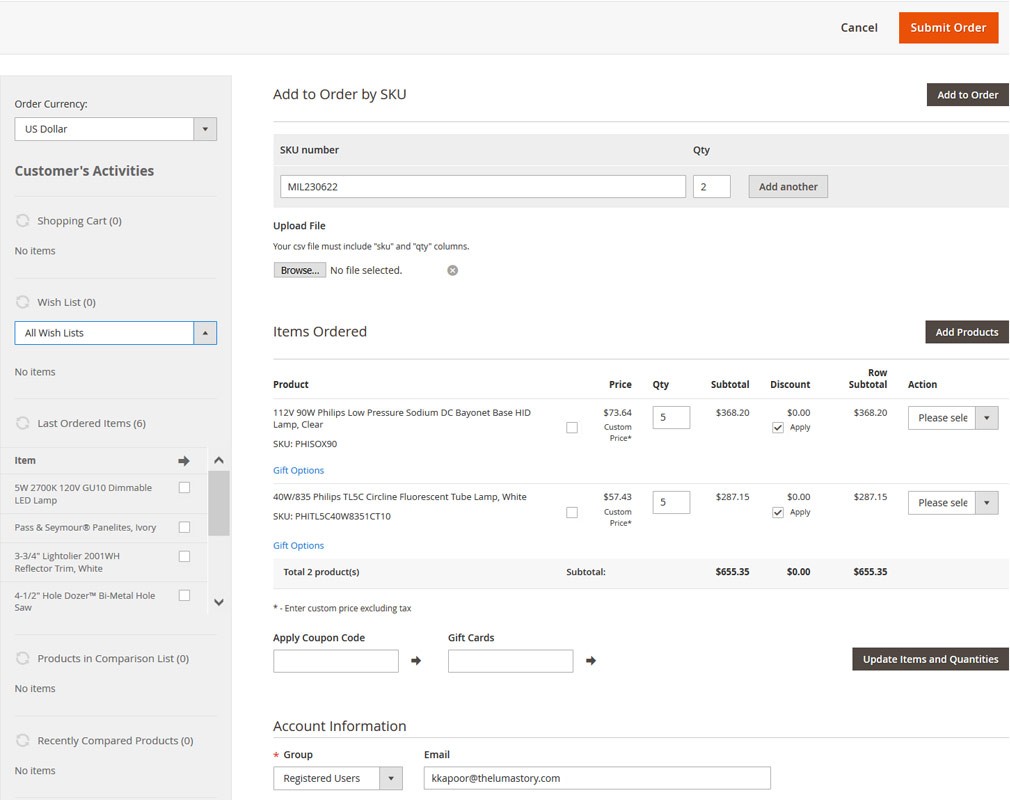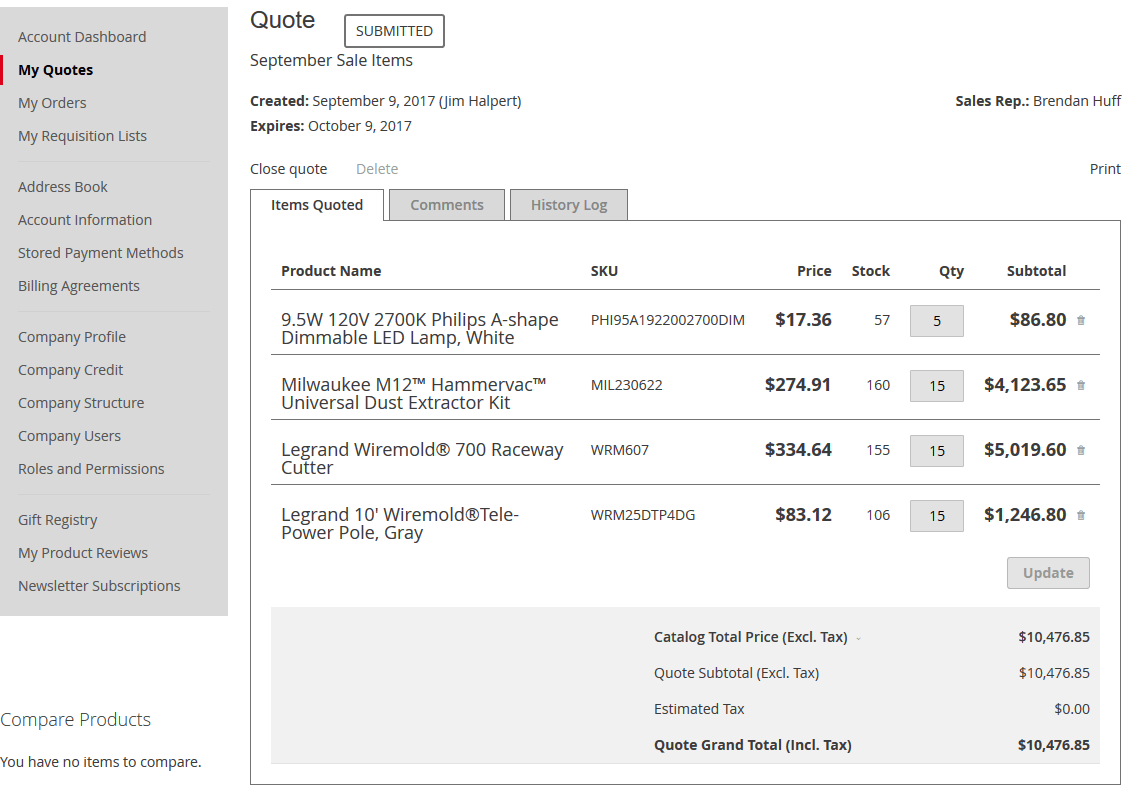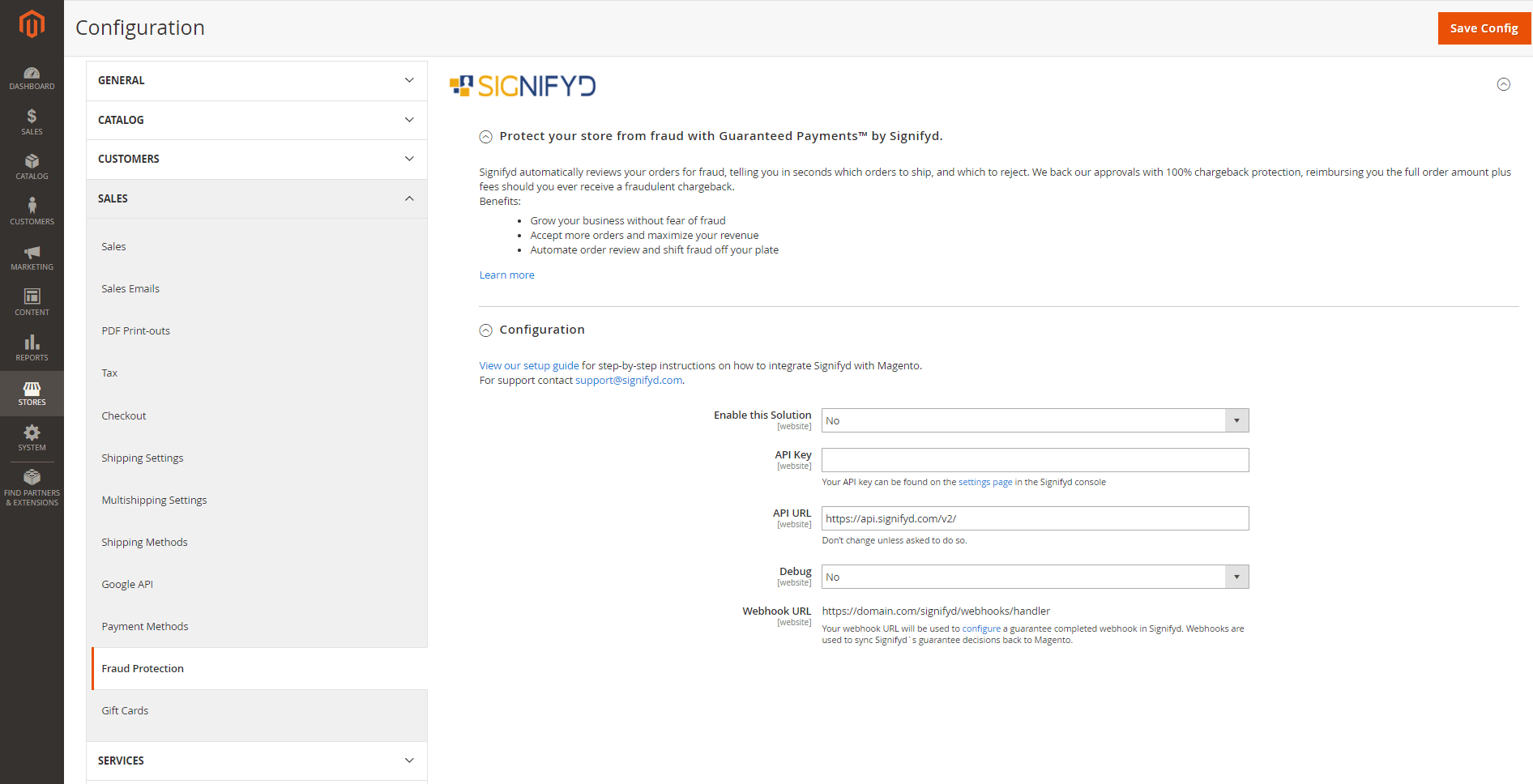We hear a lot of buzz about headless commerce, but what is it, and how can it help our business? Headless ecommerce is an approach to online retail that decouples the front end from the back end.
Traditionally, eCommerce platforms are monolithic — they have one codebase that handles everything from product discovery to order management to report and analytics.
Opting for Headless eCommerce platforms is an approach that’s seen a lot of traction in recent years with over $1.65 billion raised in funding, and we’ve already seen it working for some big retailers like Walmart and Calvin Klein, which are getting their eCommerce sites built on top of a headless platform.
Composable commerce is the next wave of innovation in eCommerce. And just like with any new wave, there are a lot of questions. To demystify the processes, we take the head off the traditional eCommerce platform and break it into a loosely coupled set of composable services.
What is Headless eCommerce?
Headless commerce is a system where our website or app’s frontend (customer-facing) side is completely decoupled from our website’s backend (administrative) part. In a headless eCommerce system, an API allows the frontend to get all product, customer, and other data that it needs for display through server calls instead of loading it directly from the backend code.
The front end is where customers interact with our brand. It’s what they see, feel, and experience when interacting with our online store. Headless eCommerce allows us to leverage whatever technology best suits each business function.
Headless commerce promises to remove the frontend presentation layer, called the “head” in headless so that eCommerce systems can focus on their core competency: selling things.
What is Composable eCommerce?
We can assemble our eCommerce platform with composable commerce like a Lego set. It’s a way of breaking our eCommerce platform up into individual pieces.
Imagine having a website and mobile app. We can have a shopping cart that lives in the cloud with composable commerce. We can also have separate services for tax calculations, inventory management, customer profiles, and order management. Imagine having all these services as decoupled modules from our existing website and mobile app — with no coding required.
A composable eCommerce framework is designed to separate the various components of our commerce experience (e.g., search, navigation, cart, checkout) and make them independent, so we can use them in any combination we like in any context.
Benefits of Headless and Composable eCommerce
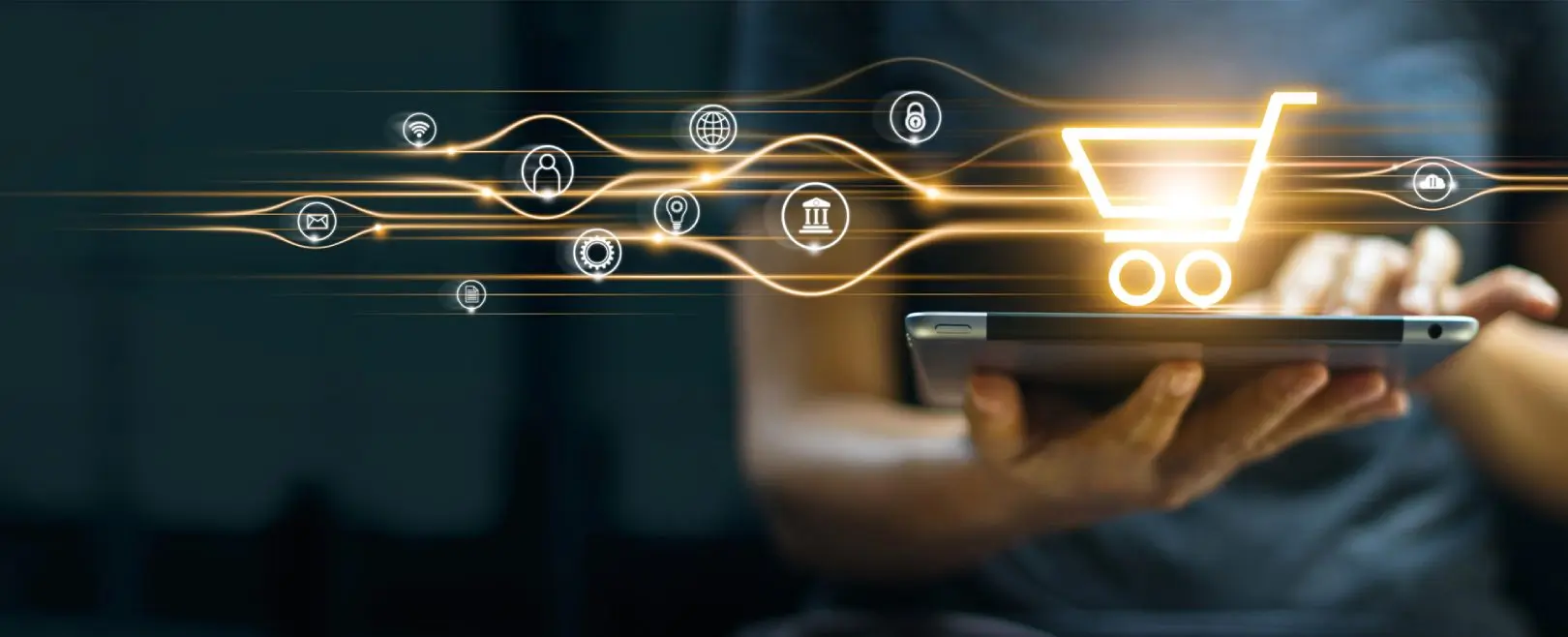
There is a massive demand for personalization in eCommerce with the platforms projected to reach a market share of $3.5 trillion by 2025.However, that requires vast data to create an individualized experience.
Headless eCommerce platforms and Composable eCommerce allow organizations to build a shopping experience tailored to their customers instead of being locked into the legacy eCommerce platform interface that many systems require.
1. Speed
Headless & composable eCommerce is the separation of the frontend and backend. This separation enables us to serve our content fast as it only has to be fetched from a database or API instead of being generated on page load. Faster page load time will increase UX and conversion rates.
2. Flexible User Experience Across Devices
With headless and composable eCommerce, we can provide a consistent user experience across all channels and devices because the frontend and backend are separated. We can focus on having different user experiences for each device by using adaptive design principles instead of working on different frontend systems for each channel.
3. Scale Components Independently
When we separate the frontend from the backend, we can also split up the frontend into independent components that can be reused across channels and devices. By doing this, our components are easier to manage and scale independently, reducing development costs. The more reusable components we have, the less effort it takes to develop new features for our website (for example, checkout or cart).
4. Reduce Dependencies & Replace individual components
Headless eCommerce platforms and Composable eCommerce allow us to integrate e-commerce infrastructure with any other software system. This gives us many more options for streamlining operations and improving efficiency.
Drawbacks of Headless and Composable eCommerce

The drawbacks of headless and composable eCommerce stem from the fact that we now have to build and maintain our custom frontend. For example, development teams need to make user experience changes, which is a higher initial investment than a hosted platform. And since we’re building our website, there’s no way to get a discount on our payments provider’s transaction fees like some hosted platforms might offer.
1. Need development team to make user experience changes
Developing new features takes longer and requires more resources. Unlike a traditional eCommerce platform where we can enable or disable features in the admin area, a headless site requires coding new features. This means that a developer will need to write code before our team can see any results.
2. Higher initial investment
Because building a front end requires more development work, costs will be higher upfront with headless commerce than with traditional all-in-one solutions. However, depending on how much customization we want, this may not necessarily be true in the long term.
3. Lack of clarity on when to adopt
There will be an onboarding period as our development team learns how to use the tools and regular updates as the technology changes. We’ll also need to keep the code up-to-date and running smoothly. Because the front end is decoupled from the back end, there’s a chance of breaking functionality when changes are made.
Is it possible to go partial headless?
The answer is “Yes!” but with a caveat.
The caveat is: it depends on the platform.
As a business considering the switch to headless eCommerce platforms, we may have an existing eCommerce platform in place with its native front end. This front end might be built on a monolithic stack, supporting website and mobile apps, or already decoupled from the back office for omnichannel requirements.
The transition to headless eCommerce is not necessarily an all-or-nothing proposition. In many cases, a hybrid approach can be taken where headless commerce is implemented for some channels and capabilities while others remain on the existing platform.
For example, a company may choose to keep its transactional website on its legacy platform because it wants the complete business logic of that platform’s commerce engine to continue executing there. It may also want to maintain a certain level of integration between that engine and other systems like ERP or OMS. So, while this website will remain coupled at the back end, the front end would be re-platformed onto a modern content management system CMS and decoupled from the commerce engine by going headless.
Bottom Line
The future of eCommerce is headless. It’s also composable. Again, headless is not a technology but a decision — e.g., to decouple the frontend technology for content, users, and even static display from backend business logic.
We believe that further decoupling will be an ongoing trend that business owners and entrepreneurs must address if they want to fit nicely into this emerging architecture — let alone a full-blown headless approach.



